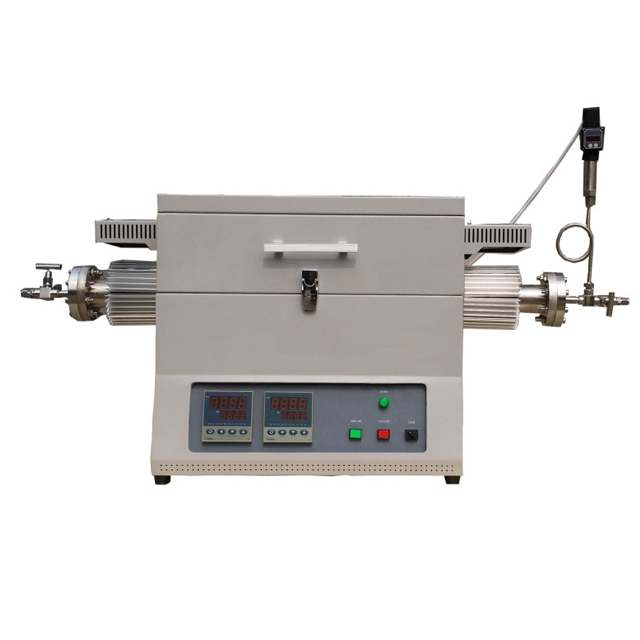Common terminology of experimental electric furnace temperature controller
Time:2020-09-11 14:21 Click:
Common terminology of experimental electric furnace temperature controller.
(1) Process variables. In experimental electric furnace control, process variables refer to physical quantities that need to be controlled or detected. For example, temperature in temperature control, pressure in pressure control, and flow rate in flow control are all process variables.
(2) Actual value. The actual value is also called the measured value, which is measured by the controller. The real-time change value of the process variable of the controlled object, usually expressed as Pv. In program control, the actual value of the process variable should follow the set value.
(3) Setting value. The set value is also called the set point or the given value. It is the target value of the process variable controlled by the controller in real time, that is, the program programming value, which is usually expressed by SP or sv.
(4) Control loop. The control loop means that the controller completes the control of a process variable and includes all the closed-loop control links.
(5) Positive effect. The actual measured value PV is compared with the set value SP. When PV> SP, the control output increases, which is the positive effect of the controller. The forward action is usually used for refrigeration control.
(6) Reverse effect. The actual measured value PV is compared with the set value SP. When PV <SP, the control output increases, which is the reverse action of the controller. Reverse action is usually used for heating control.
(7) Ratio control. Ratio control means that when there are two ways to control the input quantity, the control quantity is the ratio of the two. For example, gas stove control, in order to obtain high combustion efficiency, the need to maintain a certain ratio of gas and air.

Please leave a message here. We will reply you in 24 hours.
